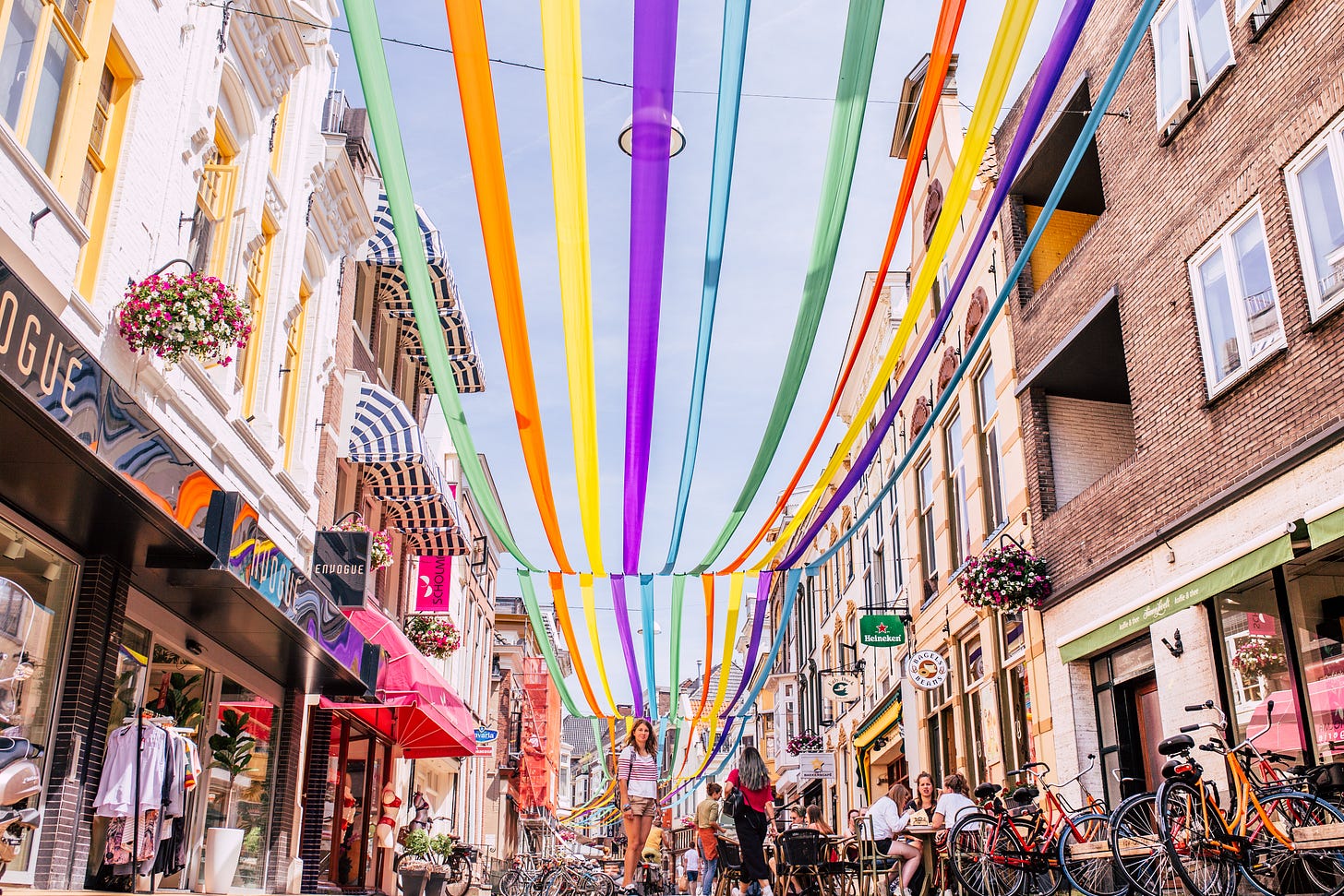How Important Are Leisure Activities for Groningen's Economy?
With €364 million in annual spending and 21.3 million visitors, Groningen’s leisure economy plays a crucial role in employment and regional development—offering strong opportunities for growth.
Tourism and recreation play a crucial role in Groningen’s economy and quality of life. A recent study commissioned by the province and municipalities confirms the sector’s significant economic and social impact. With strong public support and a substantial financial contribution to local businesses and employment, the leisure economy is a vital part of Groningen's development.
Broad Public Support for Tourism
Research shows that over 80% of Groningen’s residents recognise tourism and recreation as economic drivers, and more than 60% see potential for further growth. Beyond financial benefits, tourism enhances local facilities, creates employment, and contributes to a more attractive living environment. The sector is seen as an essential element in maintaining vibrant communities.
Economic Contribution
The leisure sector generates an estimated €364 million in annual spending, with nearly one million euros spent every day. About half of this revenue comes from day tourism, while overnight tourism provides a stable contribution. In total, Groningen attracts 21.3 million day visitors per year, of which two-thirds engage in outdoor activities like walking and cycling. Additionally, approximately 2.2 million overnight stays contribute to local businesses, particularly in accommodations, restaurants, and cultural attractions.
Tourism as a Major Employer
Tourism and recreation in Groningen provide jobs for around 20,000 people, accounting for 6.3% of the province’s total employment—closely aligning with the national average. The sector’s main employment areas include hospitality, lodging, and recreational attractions. However, seasonal variations in employment highlight the need for a year-round tourism strategy to maintain stability in the job market.
Popular Attractions and Visitor Preferences
Visitors from outside Groningen engage in diverse activities, with the most popular being:
Exploring the city of Groningen
Visiting nature reserves like Lauwersmeer and Westerwolde
Walking, cycling, and sailing
Discovering cultural heritage sites such as Vesting Bourtange
Attending local events and markets
The study reveals that visitors appreciate the province’s natural beauty and cultural offerings, with many returning for repeat visits.
Opportunities for Sustainable Growth
Given the high level of public support and economic benefits, Groningen aims to develop its leisure sector further. The province and municipalities are focusing on:
Reducing seasonal dependence: Expanding tourism beyond peak seasons to ensure a steady influx of visitors throughout the year.
Enhancing infrastructure: Strengthening recreational routes, improving accommodation options, and expanding cultural events.
Boosting regional identity: Promoting local heritage and regional products to attract more high-value tourism.
Sustainable development: Balancing tourism growth with environmental preservation to protect Groningen’s unique landscapes.
Challenges and Considerations
Despite strong support for tourism, there are some challenges to address. While most residents see benefits, some areas experience occasional overcrowding and traffic issues. Additionally, concerns exist regarding the distribution of economic benefits, with rural areas seeking more investment in attractions and accommodations.



